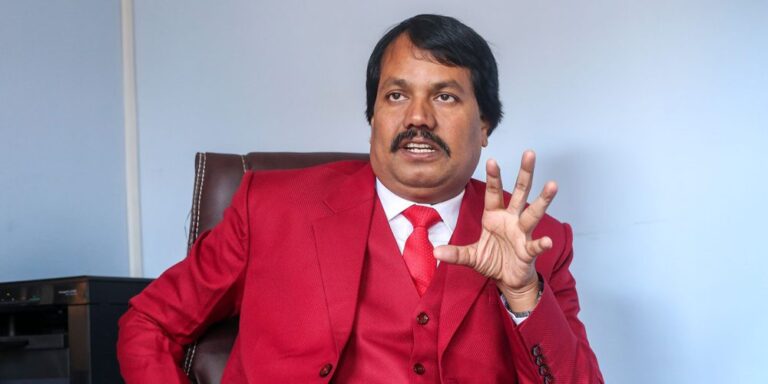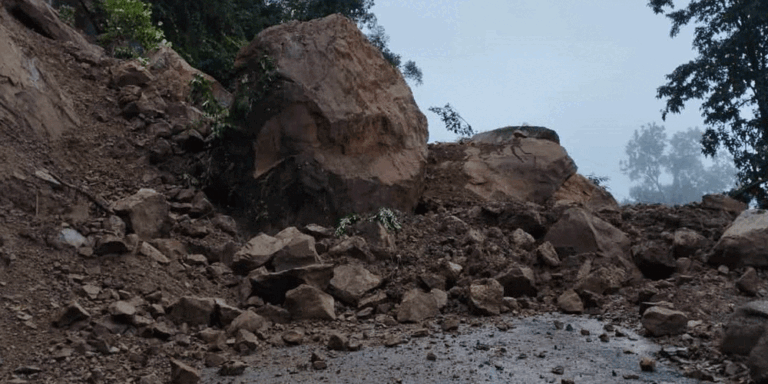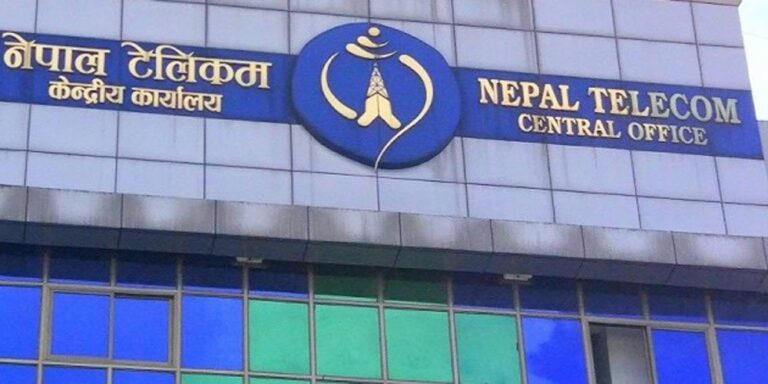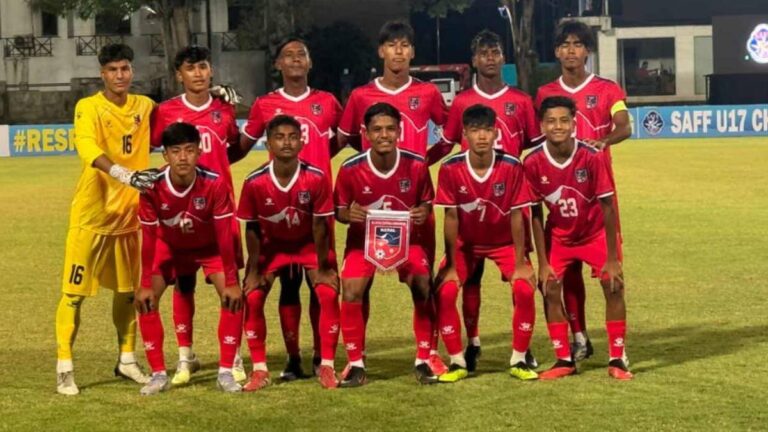
The 28th memorial day of Ganeshman Singh, the supreme commander of the 1990 People’s Movement (B.S. 2046) that restored democracy in Nepal, is being commemorated today with various programs.
Known as a symbol of sacrifice and courage in Nepali politics, Singh became a source of inspiration for all. After the success of the 1990 People’s Movement, even though King Birendra had offered him the post of Prime Minister, Singh set an extraordinary example of selflessness by recommending his fellow leader Krishna Prasad Bhattarai instead.
Born on 24 Kartik 1972 B.S. (November 9, 1915) at Chaksibari in Chhetrapati, Kathmandu, Singh passed away on 2 Ashwin 2054 B.S. (September 18, 1997). Coming from an elite Kathmandu family, he became an active member of Nepal’s first political party, Nepal Praja Parishad, established in 1940 (1997 B.S.), and joined the anti-Rana campaign.
For his role in the movement against the Rana regime, Singh and others were imprisoned. Before 1951 (2007 B.S.), he managed to break out of Bhadragol Jail and became active in the anti-Rana movement even before leaving for exile. Escaping to India, he built strong ties with B.P. Koirala and made lifelong contributions to the development and expansion of the Nepali National Congress, founded in 1946 (2003 B.S.).
As a frontline leader during the 1951 Revolution, Singh fought an armed struggle at the Birgunj front. Dedicated to democracy and its restoration, he remained a close ideological follower and supporter of B.P. Koirala. He worked tirelessly to popularize the Nepali Congress.
After the first parliamentary elections of 1959 (2015 B.S.), Singh became a senior minister. When democracy was seized in 1960 (2017 B.S.), he spent eight years in detention at Singha Durbar and Sundarijal. Released in 1968 (2025 B.S.), he went into exile again to expand political organization. Returning to Nepal in 1976 (2033 B.S.) with B.P. Koirala under the national reconciliation policy, he played an active role against the Panchayat system.
Singh also played a leading role in the 1979 (2036 B.S.) student movement and the subsequent national referendum. After B.P.’s death, Singh emerged as the supreme leader of the Nepali Congress, leading the 1985 (2042 B.S.) Satyagraha movement. His lifelong dedication to politics since 1940 (1997 B.S.) culminated in his decisive leadership in the 1990 People’s Movement, where he became the Supreme Commander of the joint struggle with communist parties against Panchayat rule.
On the occasion of his 28th memorial day, various programs are being organized today by the Nepali Congress’s sister and well-wisher organizations. A wreath-laying ceremony was scheduled at 7:45 AM this morning at his statue in Shobhabhagwati.



